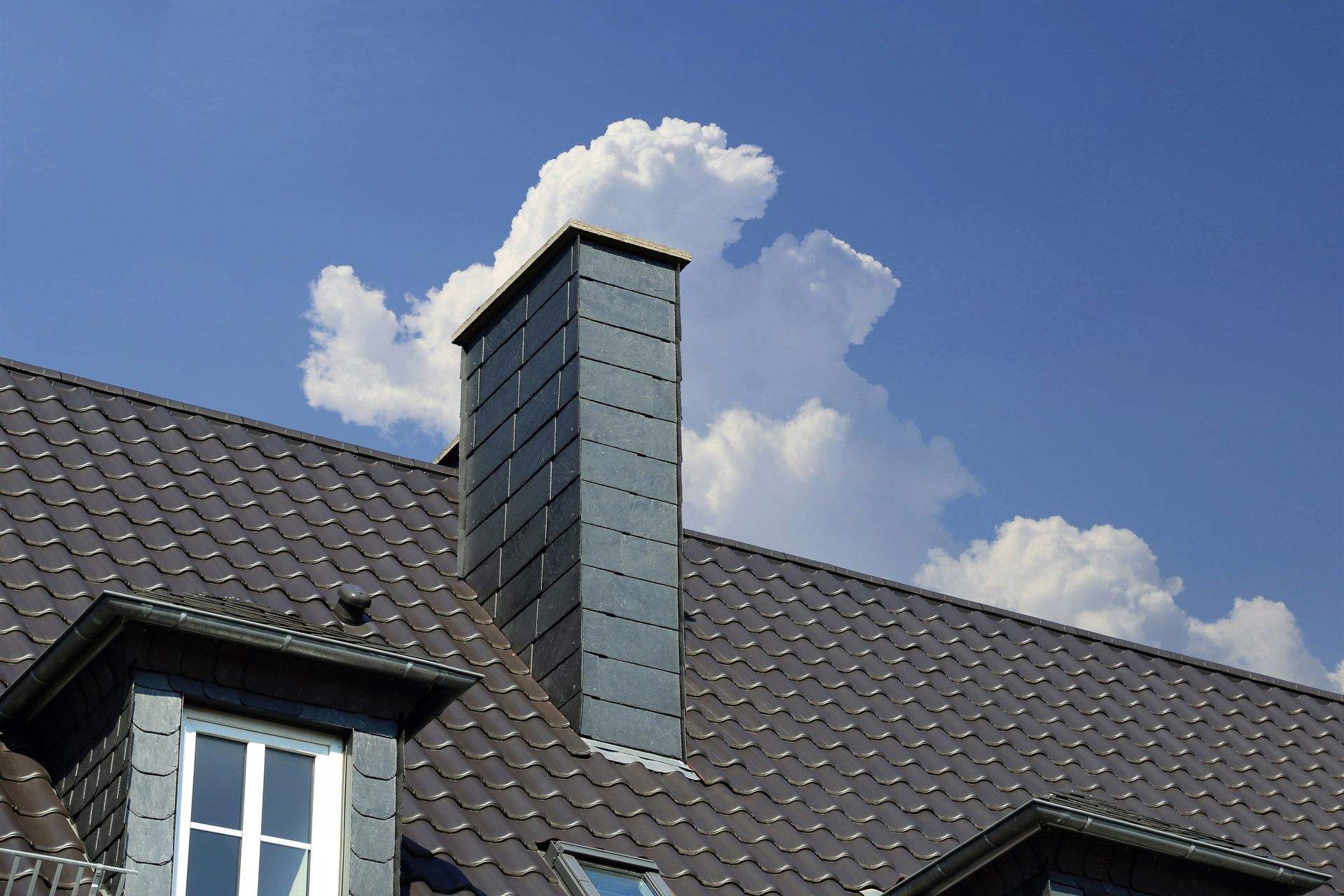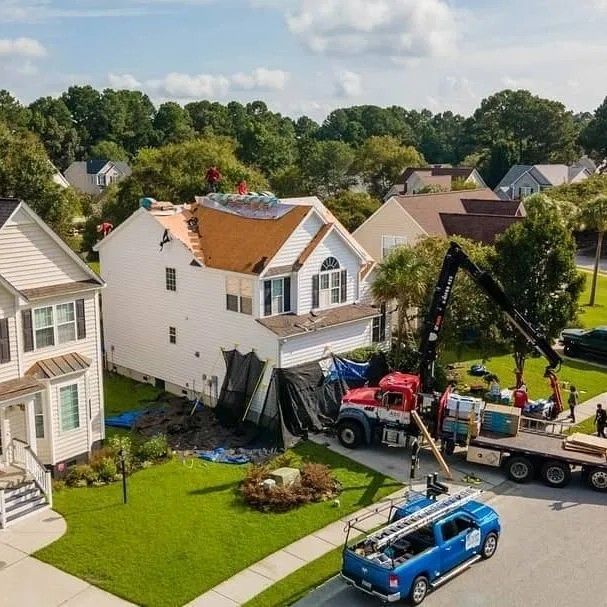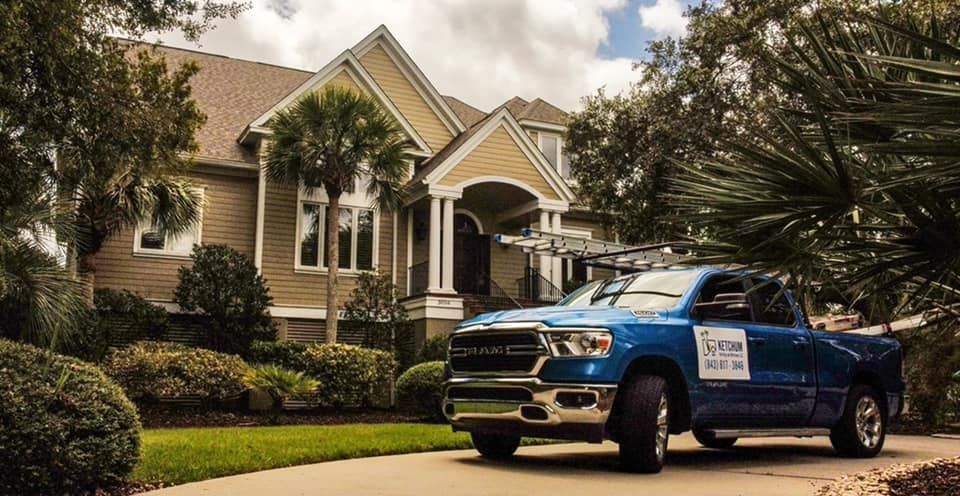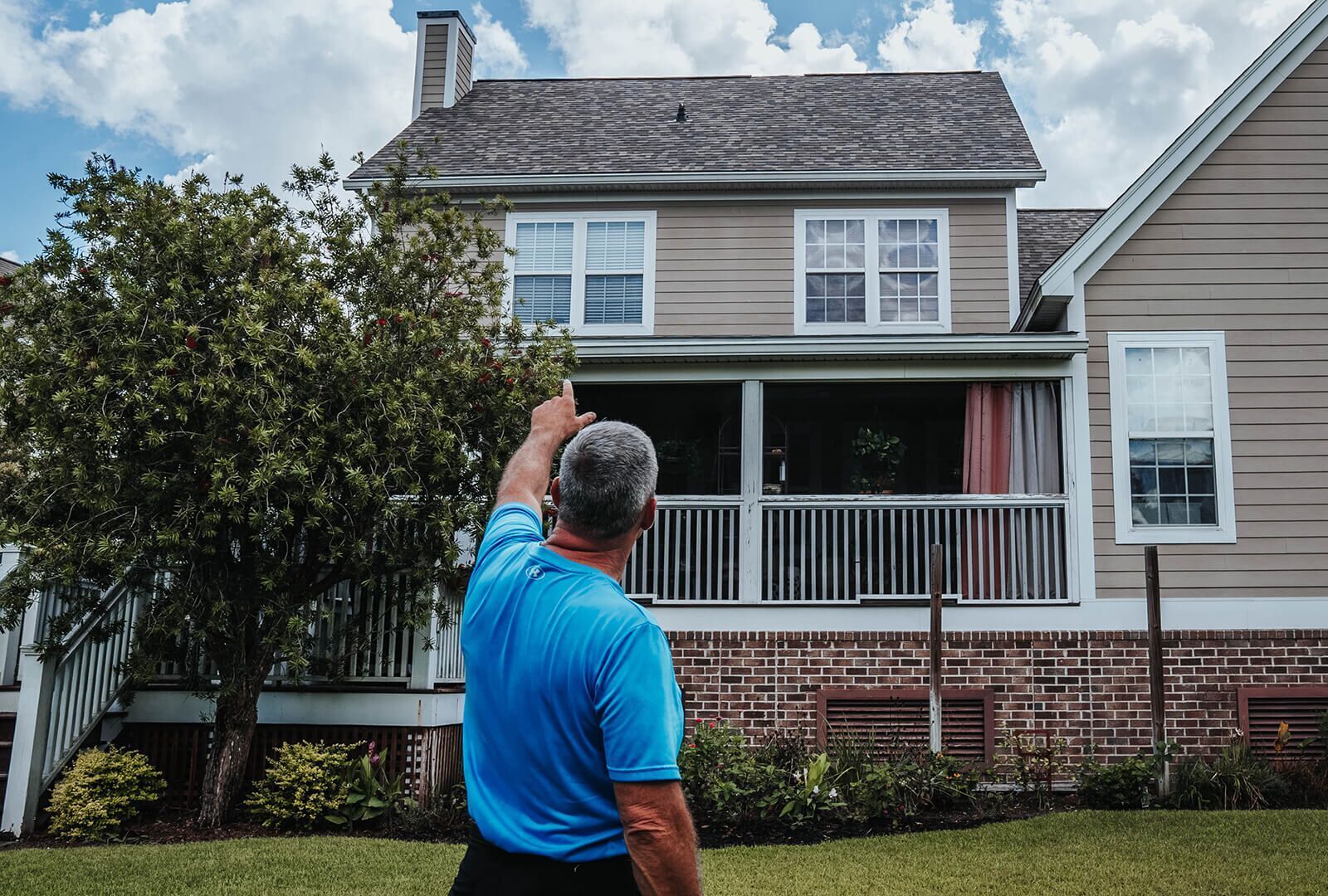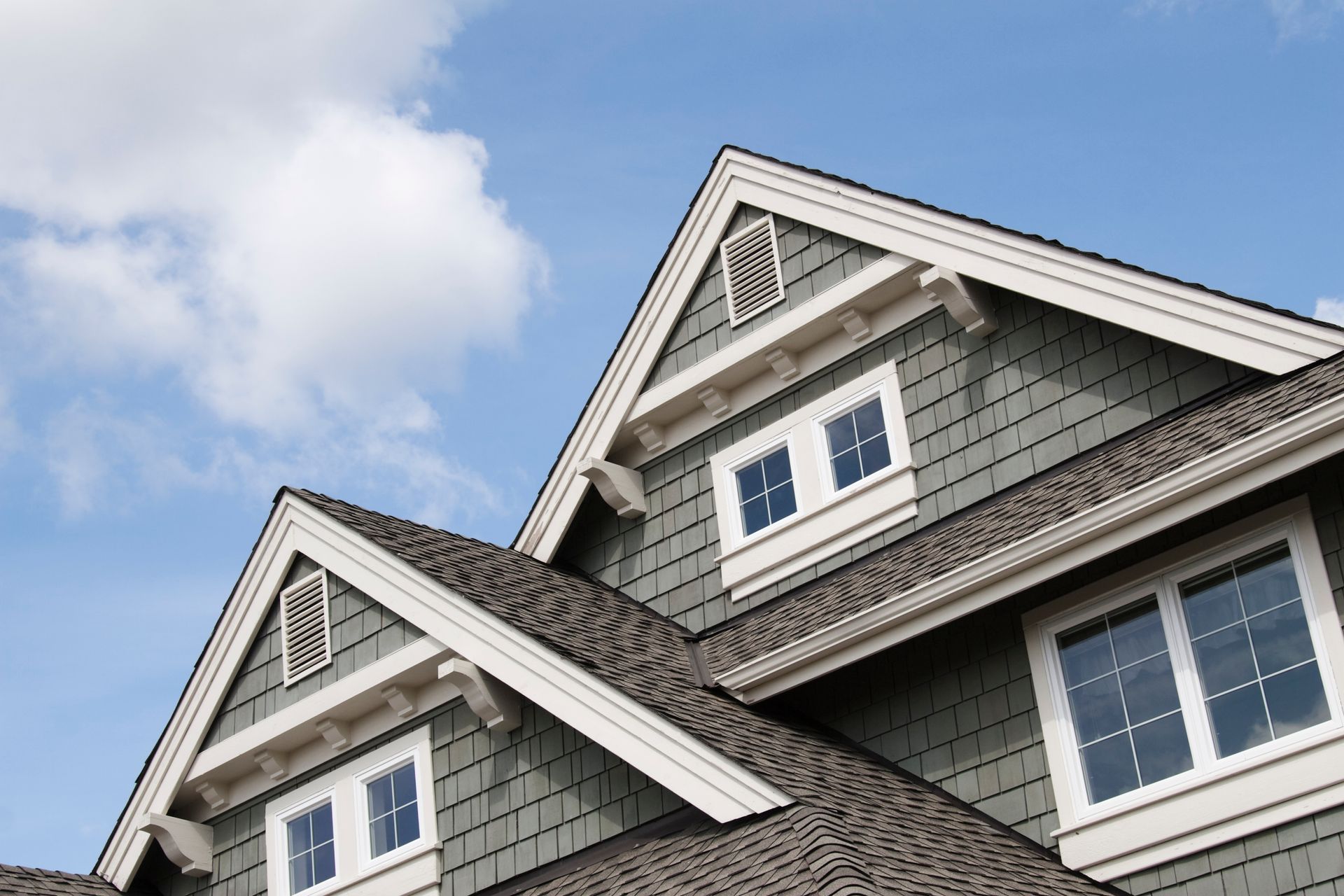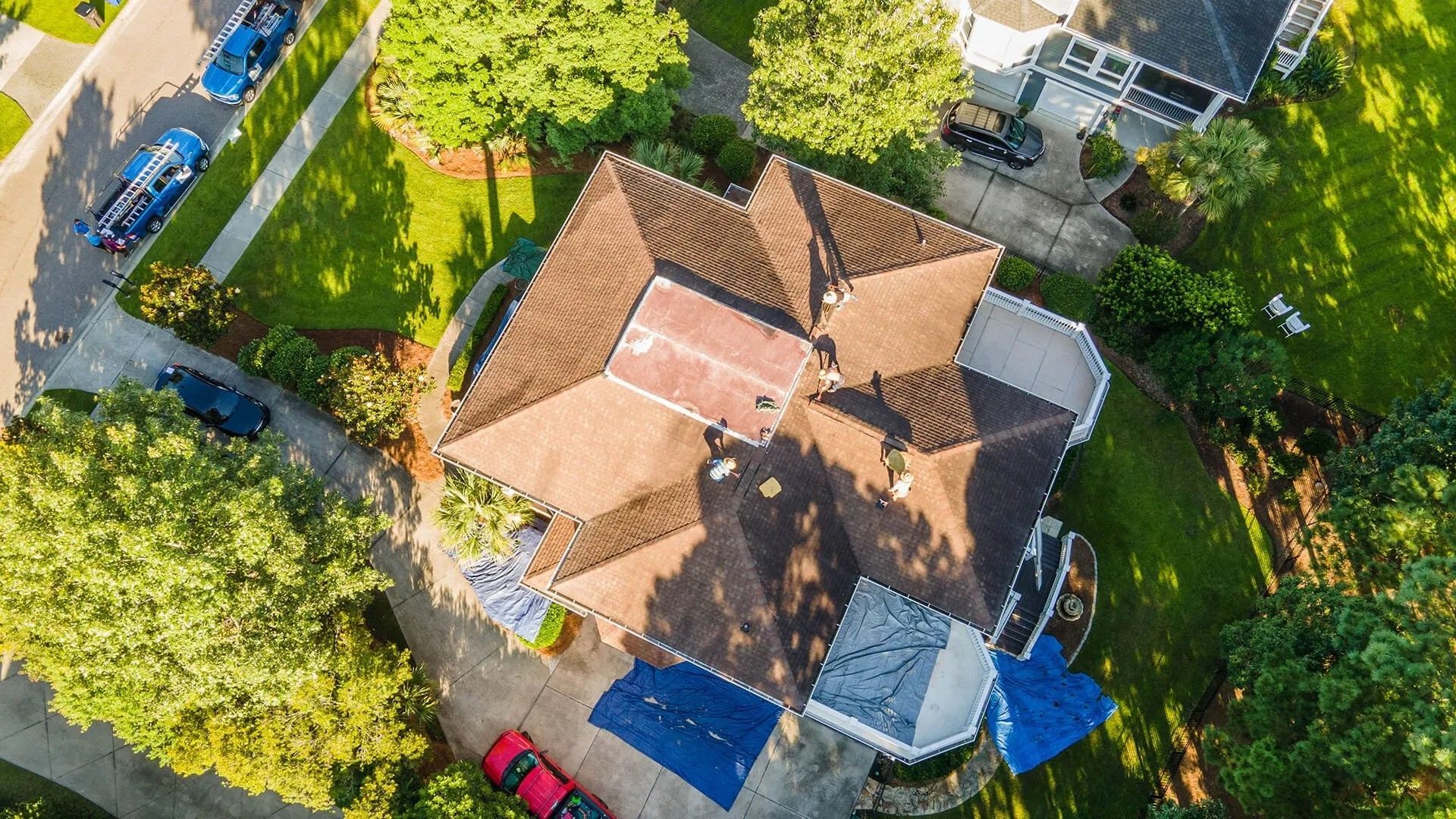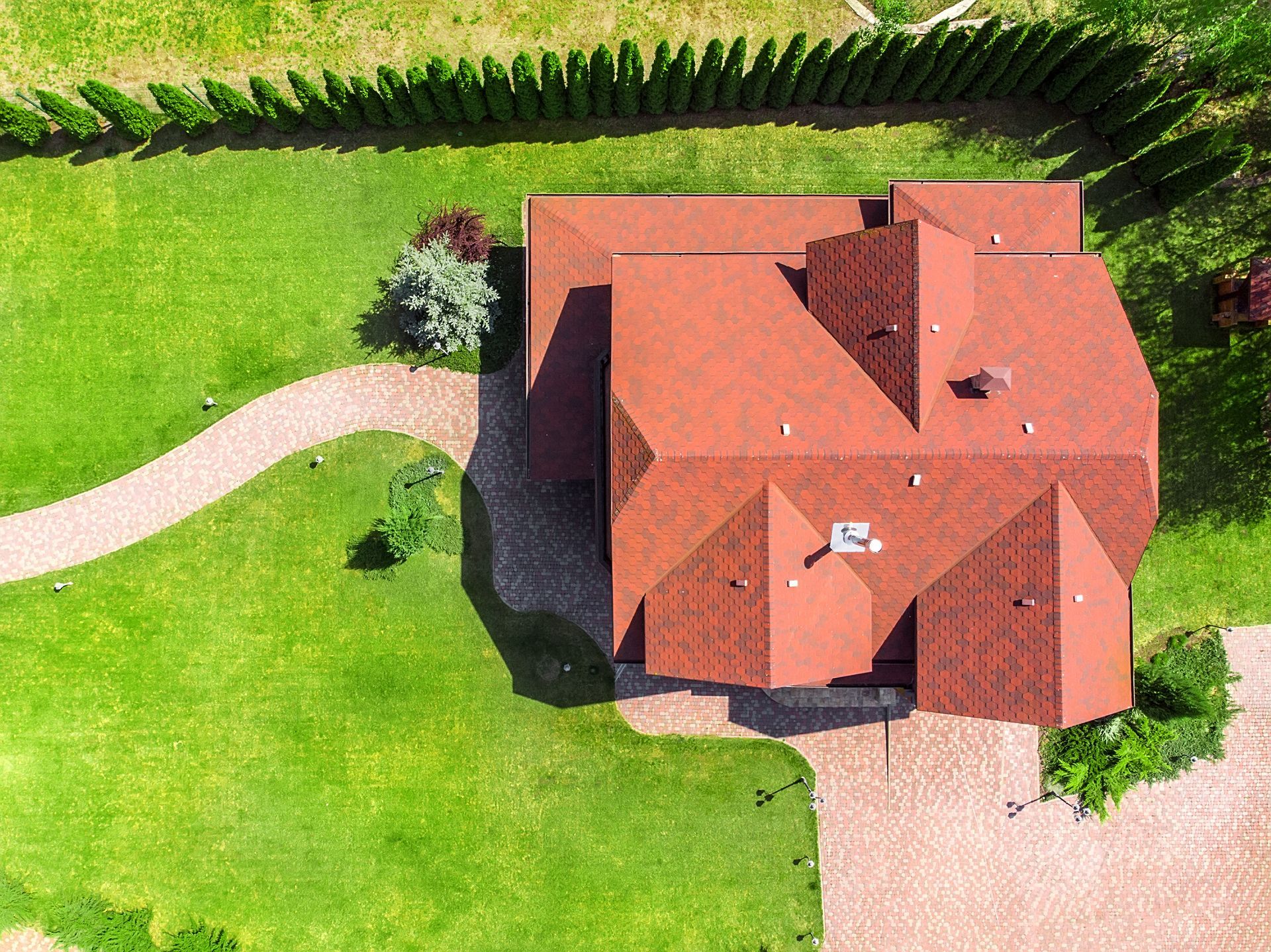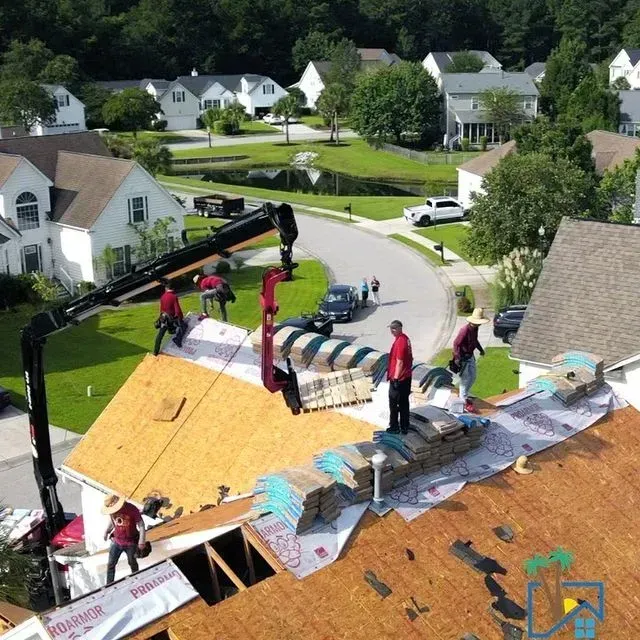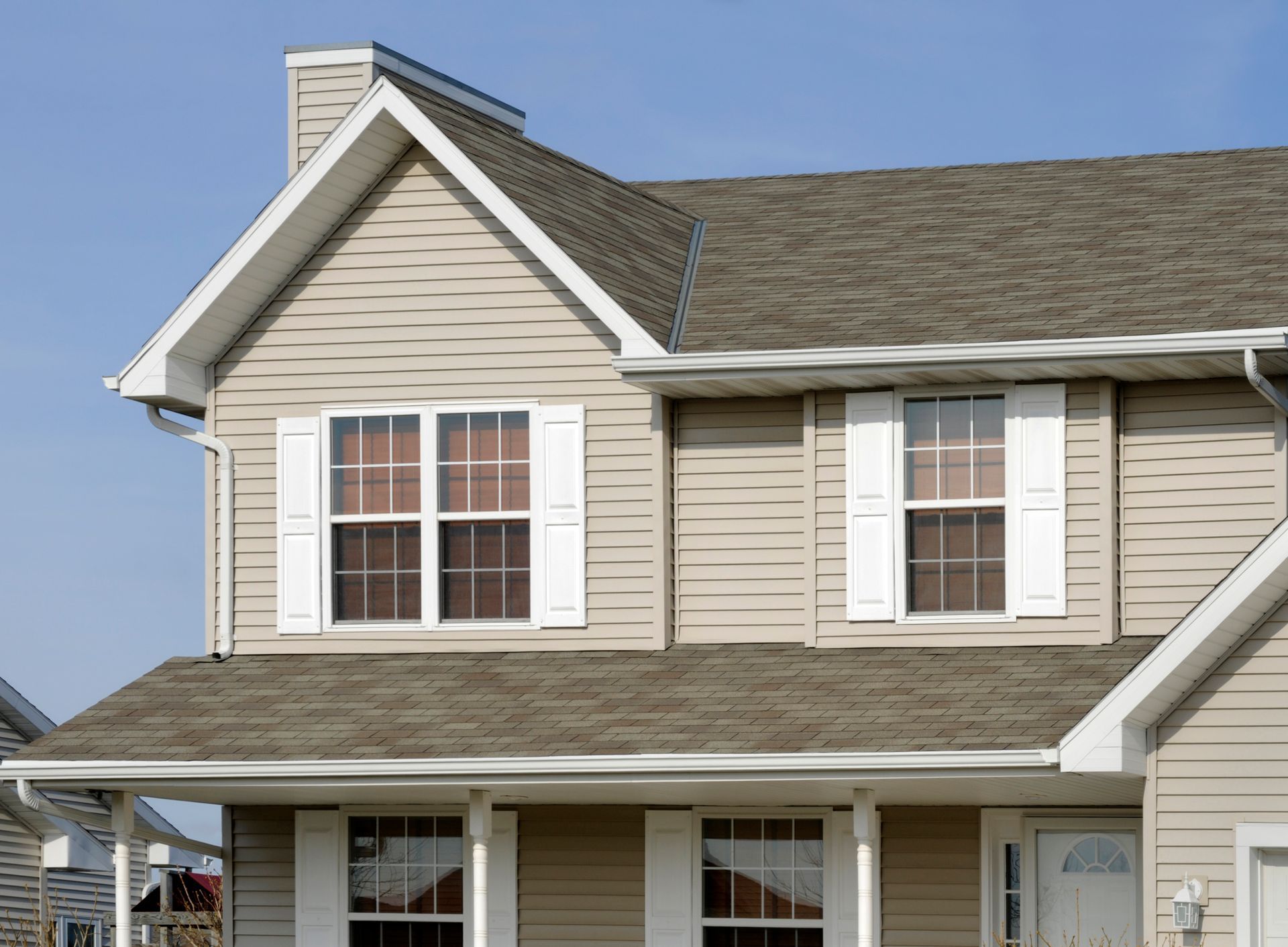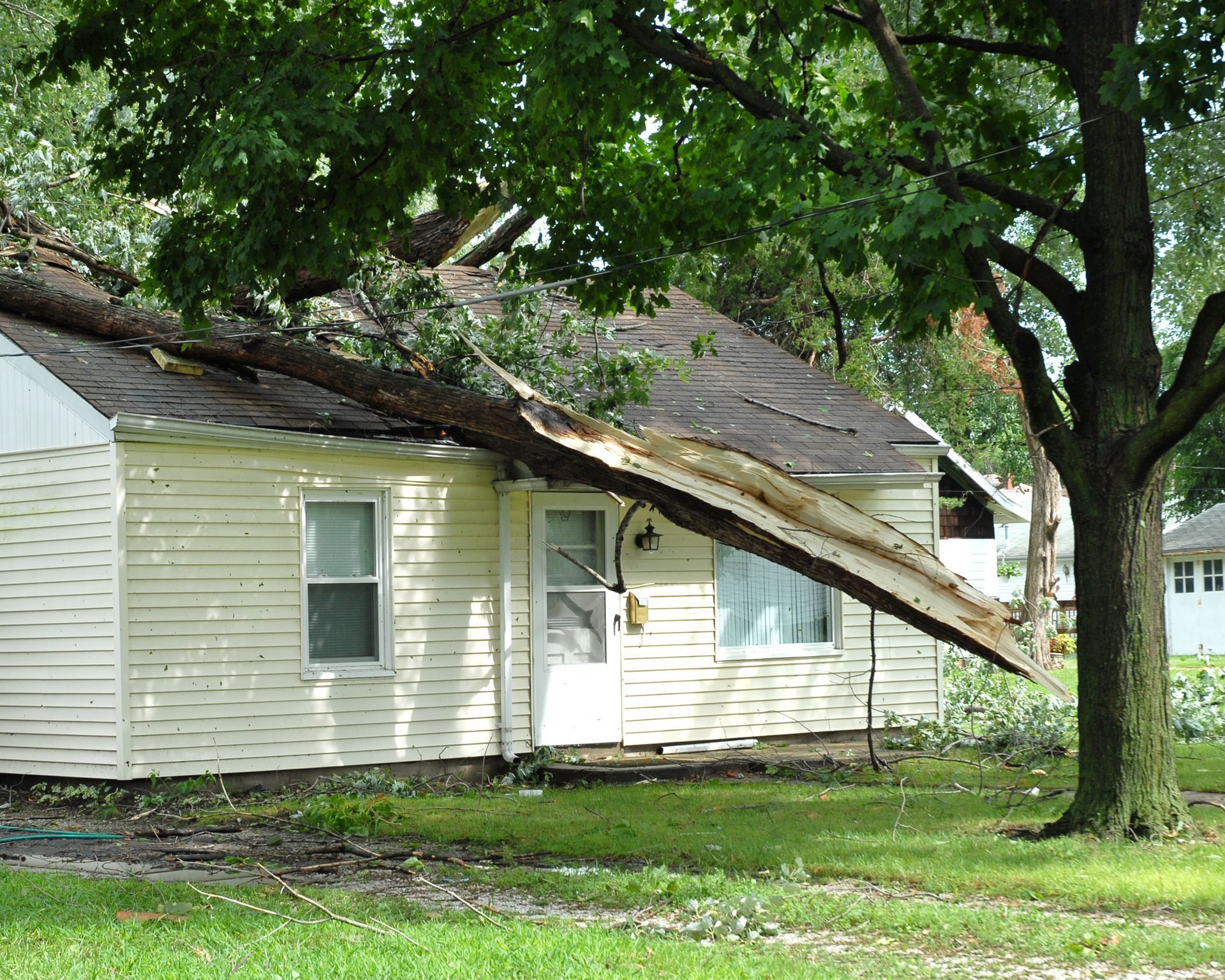The Homeowner’s Guide to Roofing Insurance Claims in Charleston’s Hurricane Season
This is a subtitle for your new post
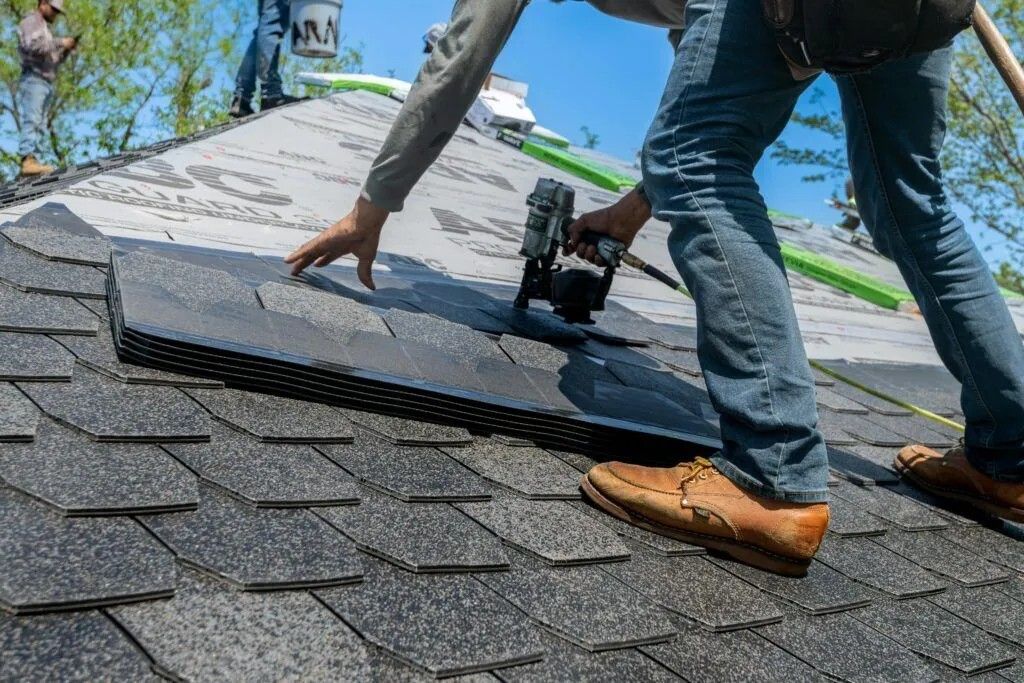
The Homeowner’s Guide to Roofing Insurance Claims in Charleston’s Hurricane Season
Hurricane season in the Lowcountry is here, and for homeowners in Charleston, Mount Pleasant, Daniel Island, Isle of Palms, and Sullivan’s Island, that means one thing: your roof is on the front lines. High winds, heavy rain, and flying debris can cause both visible and hidden roof damage, and navigating a roofing insurance claim can feel overwhelming in the aftermath.
This guide is designed to help you act quickly, protect your home, and secure the coverage you deserve. With the right steps and the right local expertise, you can get your roof repaired faster and with fewer headaches.
Why Roofing Insurance Claims Matter During Hurricane Season
Charleston’s coastal location puts homeowners at a higher risk for hurricane roof damage. Tropical storms and hurricanes can cause shingles to lift, flashing to bend, gutters to detach, and debris to puncture roofing materials. Even small leaks can lead to mold growth or structural damage within weeks.
In hurricane season, time is critical. Filing your roofing insurance claim promptly can mean the difference between quick coverage approval and costly out-of-pocket repairs. Insurance companies often have strict claim windows, so waiting too long can jeopardize your payout.
Step-by-Step Process for Filing a Roofing Insurance Claim
Step 1 – Document the Damage Immediately
When it’s safe to go outside after a storm, inspect your home from the ground. Look for missing shingles, damaged flashing, dented gutters, and fallen branches. Avoid walking on the roof, as wet and wind-damaged shingles are slippery and unsafe.
Take clear, dated photos and videos of all visible damage, both outside and inside your home. If you notice water stains on ceilings or damp insulation in the attic, document those as well. This evidence will be essential for your insurance claim.
Step 2 – Schedule a Professional Roof Inspection
A trained eye can spot storm and hurricane roof damage that the average homeowner might miss. Hiring a local roofing contractor with hurricane-season experience ensures you get a detailed inspection report that includes photographs, repair estimates, and an expert opinion on whether your damage qualifies for a claim.
In Charleston and surrounding barrier islands, choose a contractor familiar with Lowcountry weather patterns and local building codes.
Step 3 – Contact Your Insurance Company Promptly
Most insurance policies require you to notify them within a set period, often 14 to 30 days, after a storm. Provide a clear summary of the damage, along with your photos and inspection report.
When speaking with your insurer, stick to the facts and avoid speculating about the cause of the damage. Let your roofing contractor’s inspection report speak for itself.
Step 4 – Review Your Policy Coverage
Many coastal homeowners carry policies with “windstorm” or “named storm” clauses, which have specific deductibles for hurricane damage. Review your policy carefully to understand your coverage, deductibles, and any exclusions.
If you’re unsure, your roofing contractor or a public adjuster can help interpret the fine print.
Step 5 – Keep Records of All Communications
Create a dedicated file for your roofing insurance claim. Include copies of emails, claim forms, inspection reports, repair estimates, and notes from phone calls. Detailed records protect you if disputes arise.
Step 6 – Work With a Trusted Roofing Contractor for Repairs
Once your claim is approved, choose a contractor who is licensed, insured, and experienced in hurricane roof repairs. Local contractors know Charleston-area permitting processes and can recommend hurricane-resistant materials for added protection.
Common Hurricane Roof Damage Covered by Insurance
- Missing or torn shingles from high winds
- Roof leaks caused by wind-driven rain
- Damaged flashing around chimneys, skylights, and vents
- Hail damage from outer hurricane bands
- Structural damage from fallen trees or large debris
Note: Coverage depends on your specific policy. Some insurance companies require separate hurricane coverage or have higher deductibles for named storms.
Avoiding Insurance Claim Mistakes During Hurricane Season
- Waiting too long to file can void coverage
- Making temporary repairs before inspection
- Not using a qualified local contractor
- Failing to keep thorough documentation
Preparing Your Roof Before the Next Hurricane
Hurricane preparation doesn’t start when the wind picks up, it starts now.
- Schedule a pre-hurricane season roof inspection to identify and fix vulnerabilities
- Reinforce flashing and seal around vents and chimneys
- Clear gutters and trim overhanging branches
- Review your insurance policy annually to ensure adequate storm coverage
Taking preventative measures now can make filing a claim easier later and reduce the risk of major damage.
Why Local Experience Matters in Roofing Insurance Claims
Choosing a local contractor for your roof inspection and repairs offers several advantages:
- Knowledge of Lowcountry building codes and hurricane-resistant materials
- Experience with local insurance adjusters and claim processes
- Faster response times for emergency roof repairs
- Understanding of Charleston’s unique weather patterns and coastal risks
Call Your Charleston Roofing Experts Before the Next Storm Hits
At [CLIENT NAME], we’ve helped countless Charleston-area homeowners navigate roofing insurance claims after hurricanes and tropical storms. From the first inspection to the final repair, we guide you through the process so you can focus on protecting your family and property.
Call Ketchum Roofing and Windows today for a hurricane season roof inspection and get peace of mind knowing your home is ready for whatever the season brings.
